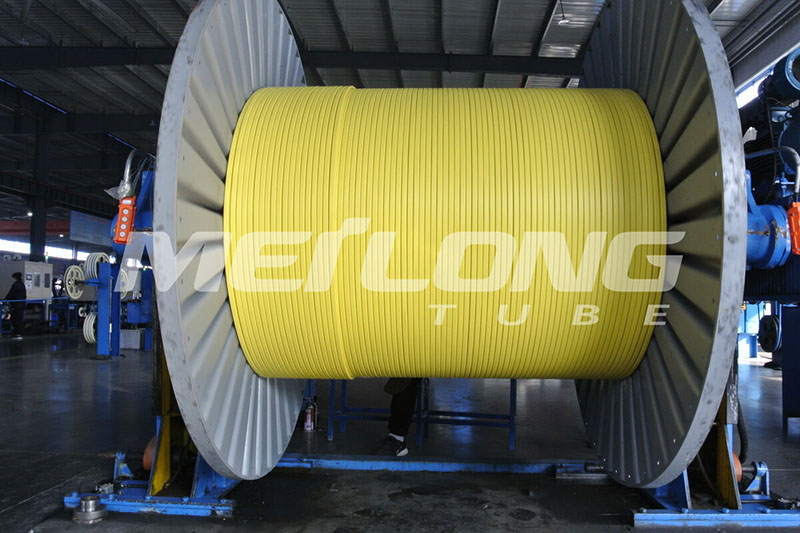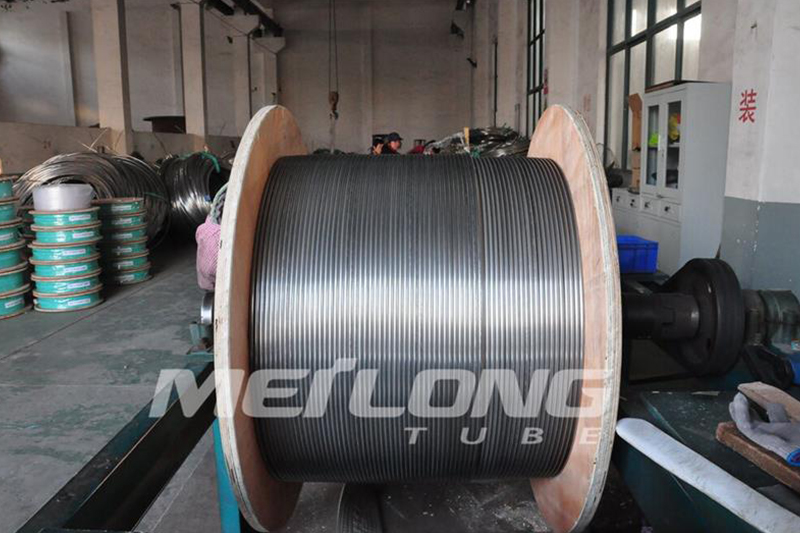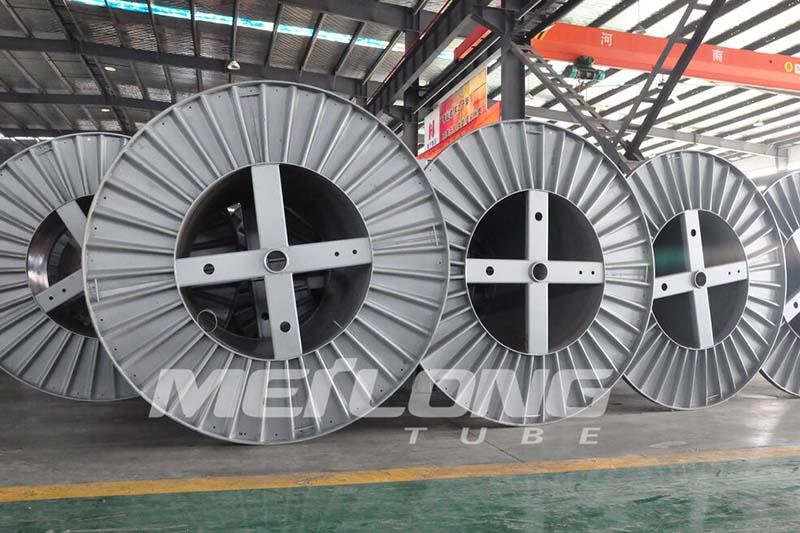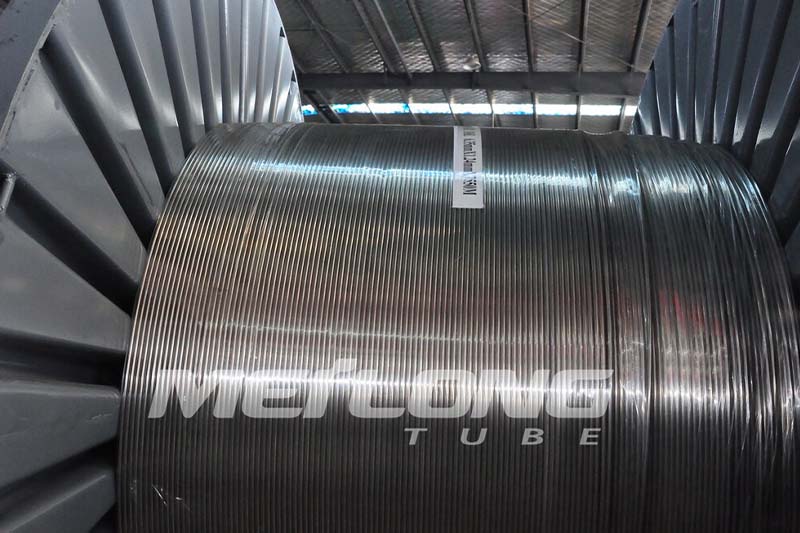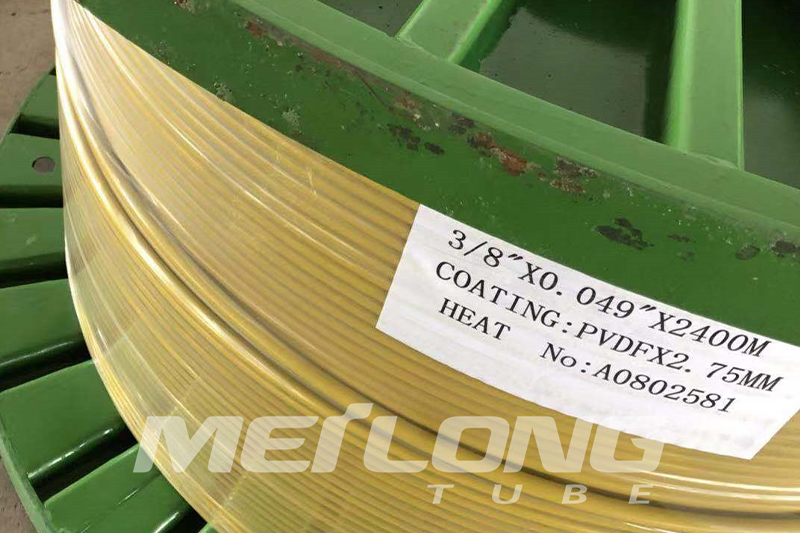Hot-selling Chemical Injection Tube - Encapsulated Control Line Tube – MEILONG
Hot-selling Chemical Injection Tube - Encapsulated Control Line Tube – MEILONG Detail:
Product Introduction
Features, Advantages and Benefits
- Control lines are delivered in orbital-weld-free lengths up to 40,000 ft (12,192 m) to maximize reliability.
- A wide range of single, dual, or triple flat-packs is available. Flat-packs can be combined with downhole electrical cables and/or bumper wires for easier operation and handling during deployment.
- Welded-and-plug-drawn production method ensures a smooth, round tube to allow long-term metal sealing of terminations.
- Encapsulation materials are selected to suit well conditions, ensuring longevity and reliability.
Product Display
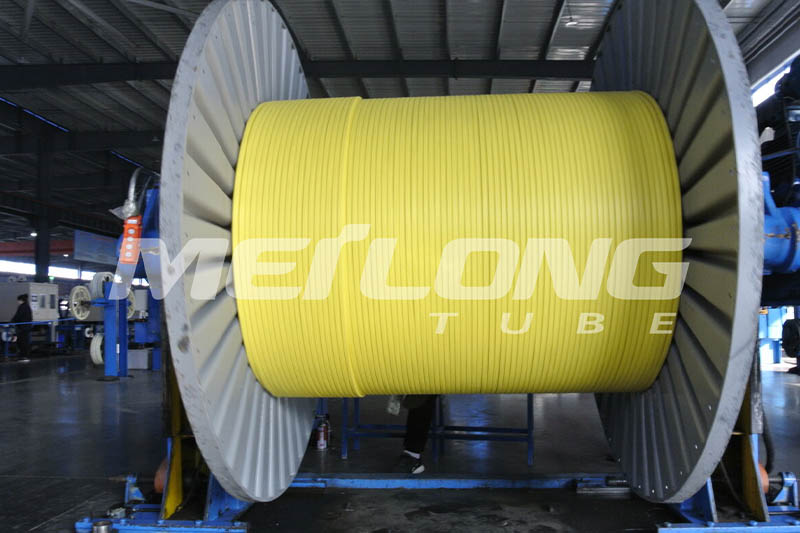
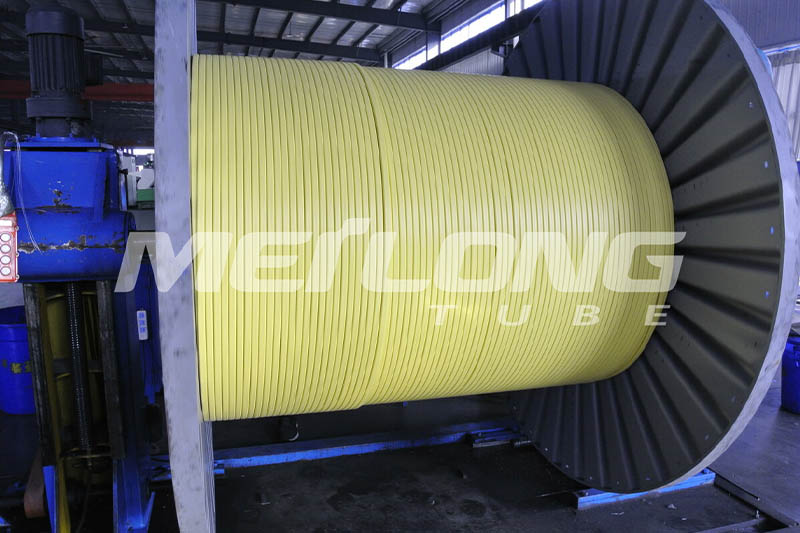
Alloy Feature
Corrosion Resistance
Organic acids at high concentrations and moderate temperatures.
Inorganic acids, e.g. phosphoric and sulphuric acids, at moderate concentrations and temperatures. The steel can also be used in sulphuric acid of concentrations above 90% at low temperature.
Salt solutions, e.g. sulphates, sulphides and sulphites.
Caustic Environments
Austenitic steels are susceptible to stress corrosion cracking. This may occur at temperatures above about 60°C (140°F) if the steel is subjected to tensile stresses and at the same time comes into contact with certain solutions, particularly those containing chlorides. Such service conditions should therefore be avoided. Conditions when plants are shut down must also be considered, as the condensates which are then formed can develop conditions that lead to both stress corrosion cracking and pitting.
SS316L has a low carbon content and therefore better resistance to intergranular corrosion than steels of type SS316.
Dimensional Tolerance
| ASTM A269 / ASME SA269, 316L, UNS S31603 | ||
| Size OD | Tolerance OD | Tolerance WT |
| ≤1/2’’ (≤12.7 mm) | ±0.005’’ (±0.13 mm) | ±15% |
| 1/2’’<OD≤1’’ (12.7<OD≤25.4 mm) | ±0.005’’ (±0.13 mm) | ±10% |
| Meilong Standard | ||
| Size OD | Tolerance OD | Tolerance WT |
| ≤1/2’’ (≤12.7 mm) | ±0.004’’ (±0.10 mm) | ±10% |
| 1/2’’<OD≤1’’ (12.7<OD≤25.4 mm) | ±0.004’’ (±0.10 mm) | ±8% |
Product detail pictures:

Related Product Guide:
Our personnel are generally within the spirit of "continuous improvement and excellence", and using the excellent top quality goods, favorable rate and superior after-sales expert services, we try to win every customer's believe in for Hot-selling Chemical Injection Tube - Encapsulated Control Line Tube – MEILONG , The product will supply to all over the world, such as: Mali, Berlin, Jakarta, With a team of experienced and knowledgeable personnel, our market covers South America, the USA, the Mid East, and North Africa. Many customers have become our friends after good cooperation with us. If you have the requirement for any of our goods, make sure you contact us now. We're looking forward to hearing from you soon.
Timely delivery, strict implementation of the contract provisions of the goods, encountered special circumstances, but also actively cooperate, a trustworthy company!

